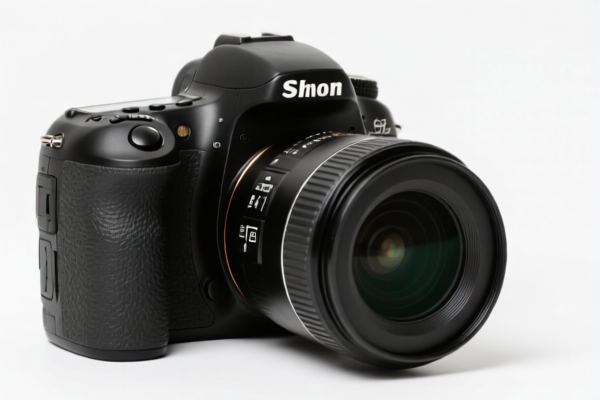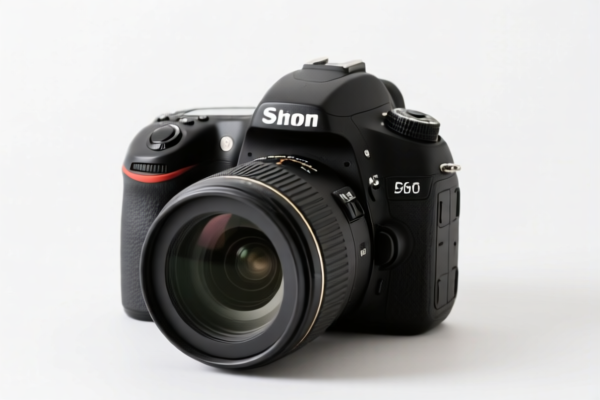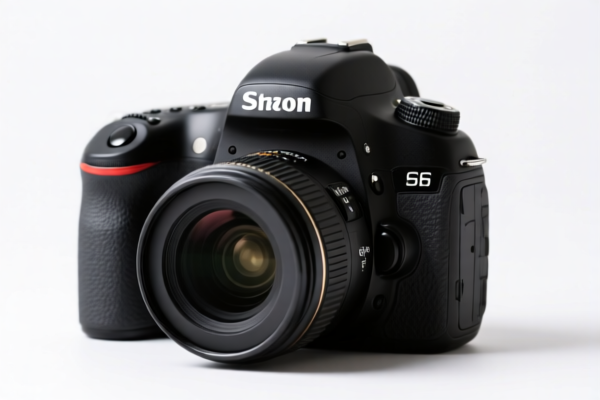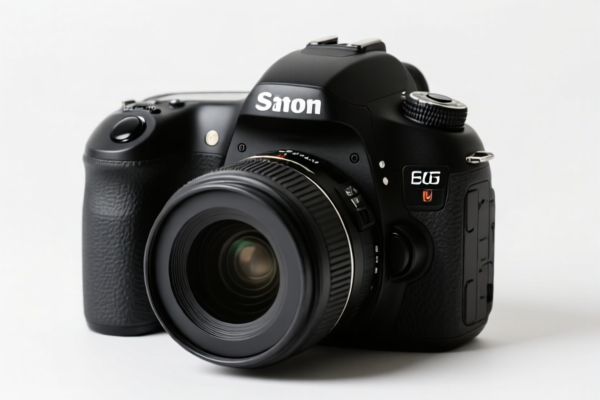| HS Code | Official Doc | Tariff Rate | Origin | Destination | Effective Date |
|---|---|---|---|---|---|
| 8525810000 | Doc | 55.0% | CN | US | 2025-05-12 |
| 8525895030 | Doc | 55.0% | CN | US | 2025-05-12 |
| 8543906500 | Doc | 55.0% | CN | US | 2025-05-12 |
| 8543906800 | Doc | 55.0% | CN | US | 2025-05-12 |
| 9006300000 | Doc | 55.0% | CN | US | 2025-05-12 |
| 9006530205 | Doc | 37.5% | CN | US | 2025-05-12 |
| 9007100000 | Doc | 55.0% | CN | US | 2025-05-12 |




Cameras
Cameras are instruments used to capture still or moving images. They operate by focusing light onto a light-sensitive medium, historically film, now typically an electronic sensor. This process records a two-dimensional image of a scene.
Materials & Components
Core components include:
- Lens: Focuses light, determining field of view and image clarity. Materials include glass (various types for different optical properties), and plastics for some consumer applications.
- Aperture: Controls the amount of light reaching the sensor, influencing depth of field. Often utilizes iris blades made of metal alloys.
- Shutter: Controls the duration of light exposure. Mechanical shutters use metal or composite materials; electronic shutters rely on sensor technology.
- Image Sensor: Converts light into an electrical signal. Common types include CCD (Charge-Coupled Device) and CMOS (Complementary Metal-Oxide-Semiconductor) sensors, utilizing silicon.
- Image Processor: Converts the raw sensor data into a usable image format. Utilizes integrated circuits and software.
- Body: Provides structural support and houses the components. Materials vary from metal alloys (aluminum, magnesium) to plastics and composites.
Purpose & Function
The primary purpose of a camera is image capture. Functionality extends to:
- Image Resolution: Determines the level of detail in the captured image (measured in megapixels).
- Low-Light Performance: Ability to capture clear images in dimly lit environments.
- Image Stabilization: Reduces blur caused by camera shake. Utilizes optical (lens movement) or digital (software correction) methods.
- Autofocus: Automatically adjusts the lens to achieve sharp focus.
- Video Recording: Captures moving images with sound.
- Connectivity: Allows image transfer to other devices (USB, Wi-Fi, Bluetooth).
Usage Scenarios
Cameras are used in a vast range of applications:
- Photography: Artistic expression, documentation, portraiture, landscapes.
- Videography: Film production, broadcasting, event recording.
- Surveillance: Security systems, monitoring.
- Scientific Imaging: Microscopy, astronomy, medical imaging.
- Consumer Applications: Smartphones, webcams, action cameras.
- Industrial Applications: Quality control, machine vision.
Common Types
- DSLR (Digital Single-Lens Reflex): Interchangeable lenses, high image quality, complex controls.
- Mirrorless Cameras: Interchangeable lenses, smaller and lighter than DSLRs, advanced features.
- Point-and-Shoot Cameras: Compact, easy to use, automatic settings.
- Action Cameras: Rugged, waterproof, designed for capturing action sports.
- Smartphone Cameras: Integrated into smartphones, convenient, increasingly sophisticated.
- Webcams: Designed for video conferencing and streaming.
- Film Cameras: Utilize photographic film to capture images (various formats: 35mm, medium format, large format).
- Instant Cameras: Produce printed images immediately after capture (e.g., Polaroid).
- Security Cameras: Designed for surveillance, often with remote viewing capabilities.
Cameras encompass a variety of types with differing functionalities and applications. The following HS codes are relevant based on the provided information:
-
8525810000: This HS code falls under Chapter 85 (Electrical machines and apparatus having individual functions, not specified or included elsewhere in this chapter; parts thereof). Specifically, it covers Heading 8525 (Transmission apparatus for radio-broadcasting or television). This code is for Television cameras, digital cameras and video camera recorders, and is designated for High-speed goods as specified in subheading note 1 to this chapter. The total tax rate is 55.0%, comprised of a 0.0% base tariff and a 25.0% additional tariff, increasing to 30.0% after April 2, 2025.
-
8525895030: Also within Chapter 85, Heading 8525, this code covers Television cameras, digital cameras and video camera recorders, but is categorized as Other and specifically for Other Camcorders. The total tax rate is 55.0%, with a 0.0% base tariff and a 25.0% additional tariff, increasing to 30.0% after April 2, 2025.
-
9006300000: This HS code is under Chapter 90 (Photographic (other than cinematographic) cameras; photographic flashlight apparatus and flashbulbs other than discharge lamps of heading 8539; parts and accessories thereof). Heading 9006 covers Photographic (other than cinematographic) cameras. This specific code is for Cameras specially designed for underwater use, for aerial survey, or for medical or surgical examination of internal organs; comparison cameras for forensic or criminological purposes. The total tax rate is 55.0%, consisting of a 0.0% base tariff and a 25.0% additional tariff, increasing to 30.0% after April 2, 2025.
-
9006530205: Also within Chapter 90, Heading 9006, this code covers Other cameras, specifically For roll film of a width of 35 mm With through-the-lens viewfinder (single lens reflex (SLR)). The total tax rate is 37.5%, with a 0.0% base tariff and a 7.5% additional tariff, increasing to 30.0% after April 2, 2025.
-
9007100000: This HS code falls under Chapter 90, Heading 9007 (Cinematographic cameras and projectors, whether or not incorporating sound recording or reproducing apparatus; parts and accessories thereof). This code is for Cameras. The total tax rate is 55.0%, comprised of a 0.0% base tariff and a 25.0% additional tariff, increasing to 30.0% after April 2, 2025.
Customer Reviews
No reviews yet.